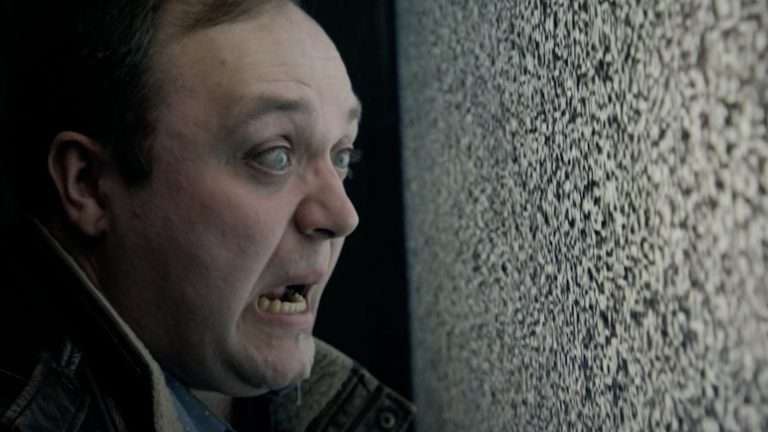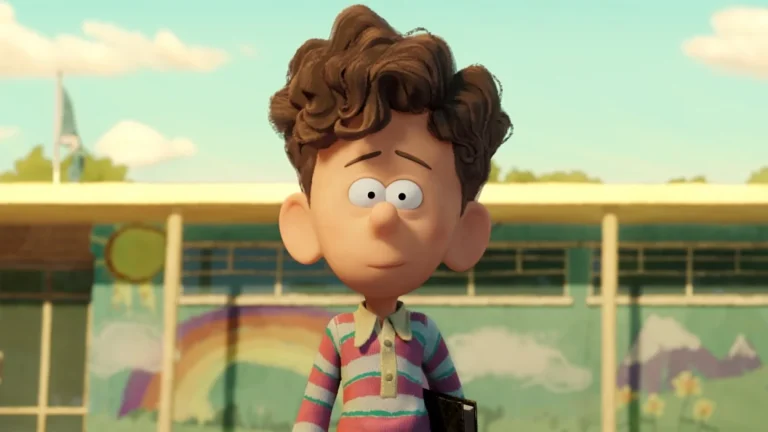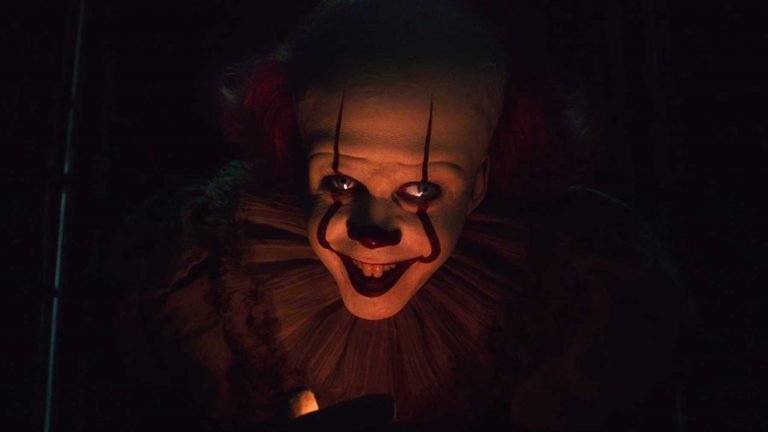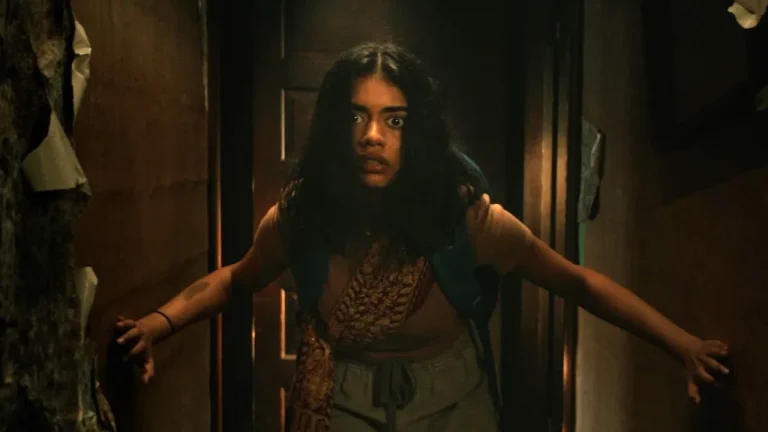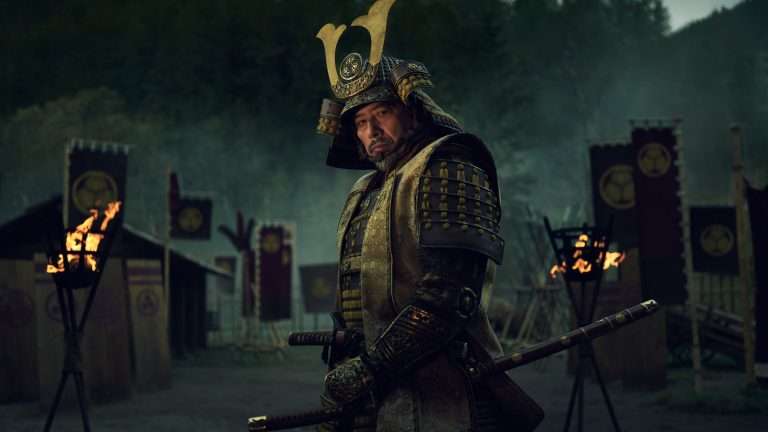In The Call (2013), Jordan Turner is a seasoned 9-1-1 operator whose life is upended by a single, harrowing call — one that ends in tragedy and leaves her wracked with guilt. After a mistake on the line contributes to the murder of a young girl named Leah, Jordan retreats from front-line calls, haunted by what she couldn’t prevent. But when another teenager, Casey, is kidnapped by the same relentless killer, Jordan is thrust back into the heart of the action.
As she races against time to guide Casey to safety, Jordan must confront chilling truths about the murderer and grapple with her own unresolved trauma. This taut psychological thriller dives deep into the brutal intersection of instinct, responsibility, and survival, where every second could mean the difference between life and death.
Spoilers Ahead
The Call (2013) Plot Summary & Movie Synopsis:
Why Does Jordan Decide Not to Handle Field Calls?
Jordan Turner, a veteran 9-1-1 operator, is affected by a call so devastating that it alters her path forever. When a panicked 15-year-old Leah Templeton calls during a home invasion, Jordan calmly assists Leah, who is trapped. She tells Leah to hide under her bed, where she demonstrates calmness and experience under immense pressure. Leah appears to follow Jordan’s instructions and survives the occupant’s exit from the room and is not killed in the original encounter. But things take a tragic turn quickly.
When Leah’s call disconnects, Jordan does what any experienced operator would do: she calls Leah back. A typical protocol, which utilizes common sense and is done solely for the sake of the woman’s safety, backfires horrifically. As Leah’s cellphone rings, it gives the intruder knowledge of Leah’s hiding spot, and he murders her. Jordan, helpless, listens to Leah’s call cut out. Then the killer nonchalantly says, “It’s already done.”
Though the mistake was unintentional, the emotional weight of the event crushes Jordan. She blames herself, not just for the callback, but for being a factor in the loss of a young life. Her confidence as a lifesaver is deeply shaken. The constant replaying of the moment in her mind creates a sense of guilt that overshadows her ability to continue with field calls. Jordan’s choice to stop handling field calls is not out of weakness but a result of deep psychological trauma.
Her decision reflects an understanding of her limits after a harrowing incident. In stepping back, she acknowledges that continuing in the same role could risk future lives if her judgment is clouded by fear or guilt. Ultimately, it’s a protective measure for both herself and those she would be called to help.
What Happens with Casey?
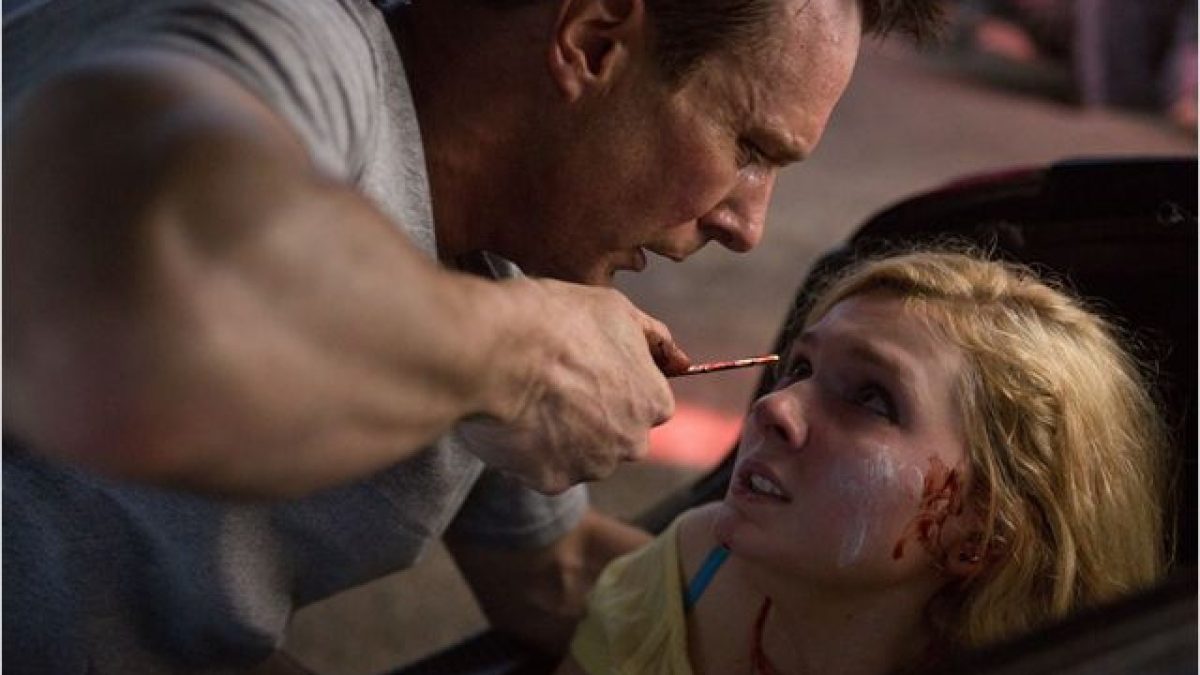
Casey Welson’s nightmare starts in a parking garage when a man almost runs her over with his car. What seems like an accident quickly escalates into a sinister attack when he violently assaults Casey and shoves her into the trunk of the man’s car. His sudden escalation in violence suggests premeditation, especially considering the vehicle, the remote parking garage, and the burner phone that Casey uses later on. Nothing indicates that this is the first time, in part due to the violence, and planned in a way where he likely did this before.
Inside the trunk, Casey uses a disposable phone to call 9-1-1. Rookie operator Brooke answers but quickly becomes overwhelmed. This highlights how high-pressure emergency situations can unravel inexperienced operators. Jordan, now a trainer, steps in, likely still haunted by Leah’s case but unable to ignore a crisis when she hears one.
Since Casey’s phone lacks GPS, Jordan knows they must rely on creativity. She coaches Casey to look for clues and stay calm. When Casey identifies the car’s color and makes noise to attract attention, it shows her growing trust in Jordan. Jordan’s tactics are rooted in urgency, but are smart. She has Casey knock out a tail light to create visibility and signal other drivers.
A woman behind the kidnapper’s car spots Casey’s hand and calls 9-1-1. Thanks to her GPS-enabled phone, police finally have a lead. Jordan uses every detail the woman provides, including the license plate and the road taken, to close the gap. When the kidnapper panics and leaves the highway, Jordan adapts to the situation. She directs Casey to pour paint out of the tail-light hole, turning the escape into a trackable path.
The paint trail draws the attention of Alan Denado, another driver. But when he tries to intervene, the kidnapper reacts with brutal force, striking him with a shovel. This act shows the kidnapper’s desperation and violent unpredictability. Believing Alan to be dead, the man puts him in the trunk with Casey, raising the stakes.
Now, Casey is not only in danger herself but trapped with an unconscious and potentially dying man. What occurs to Casey is an increase in peril that is matched by a multi-faceted response to the ensuing problems. Casey’s survival not only revolves around her capacity to endure, but also Jordan’s experience, quick thinking, and the willingness of strangers to act. Even though it had been some time since Jordan had been in the field, she showed her instincts were still very sharp, and she could still save lives from behind a desk.
What Does Jordan Find About Leah’s Death?
As the investigation intensifies, the police discover the kidnapper’s abandoned red Toyota Camry LE. Inside, they find fingerprints that lead to a breakthrough. The man behind Casey’s abduction is identified as Michael Foster. This discovery is pivotal. It not only links him to Casey’s case but also opens the door to uncovering his past crimes.
When Michael reaches his hideout, he drags Casey from the trunk. Unbeknownst to him, her phone is still connected to 9-1-1. Jordan seizes this opportunity to speak directly to him. She calmly informs Michael that his identity has been exposed and that the authorities have enough evidence to prosecute him. Her goal is clear: to appeal to his reason and prevent further harm to Casey.
Michael’s reply, “It’s already done”, shakes Jordan to her core. The phrase mirrors the last words spoken by Leah’s killer six months earlier. In that moment, everything clicks. The voice, the method, the brutality, all point to one truth: Michael Foster isn’t just Casey’s kidnapper; he was also Leah’s murderer. This connection is emotionally crushing for Jordan. It confirms that the man who haunted her for months, the one who drove her away from field calls, is still out there.
Now, once again, she’s directly confronting him. Jordan’s discovery ties the past and present together. Michael’s chilling repetition of his words is not just confirmation of guilt; it reopens old wounds and makes the case deeply personal for Jordan. She now knows who took Leah’s life, and that knowledge renews her sense of purpose in saving Casey.
The Call (2013) Movie Ending Explained:
Is Jordan Able to Save Casey?
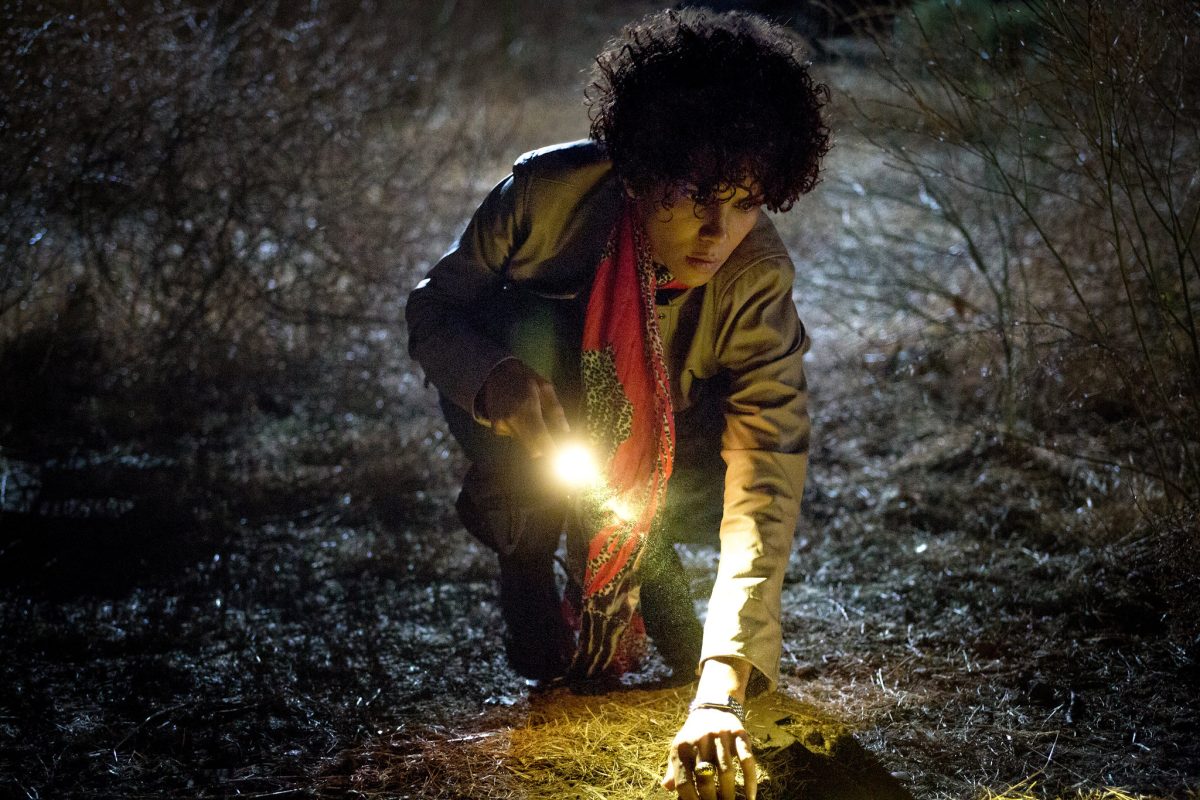
Jordan Turner, though no longer a field operator, takes personal responsibility for saving Casey after realizing the man who abducted her is the same person who murdered Leah. Her boyfriend, Officer Paul Phillips, leads a raid on Michael Foster’s home, but only finds his wife and children. Clues from a family photo and a remark about Michael’s childhood home, now burned, direct the search to a nearby cottage. Although the police find it empty, Jordan is not convinced the investigation should stop there.
Meanwhile, Michael begins to torture Casey with nitrous oxide, revealing a deeply disturbed obsession rooted in his sister Melinda’s death from leukemia. Casey shows resilience. Despite being restrained, she manages to spray him in the eyes and temporarily escape. But trauma overwhelms her when she stumbles upon Michael’s grotesque shrine, a prop head and evidence of his twisted crimes. Her horror paralyzes her, leading to her recapture.
Determined to take a stand, Jordan trusts her intuition and drives herself to the cottage. Once there, Jordan finds photos of Michael with Melinda, further validating her assumptions that Michael’s psychotic episode was coming undone. While outside, she hears a noise- a flagpole that she recognizes from Casey’s call. It leads her to a trapdoor hidden underneath the foundation where the cottage used to be. Doing so, she drops her phone, but she goes down into the cellar by herself.
In the cellar, Jordan is confronted with the horrific truth: Michael has been killing girls who look like his sister, and he’s been collecting their scalps. After she finds Casey trapped in a wheelchair, and we discover she is seconds away from being scalped, Jordan can’t help but intervene. A physical fight ensues, Jordan frees Casey, and in the madness, Casey works up the courage to stab Michael in the leg with a pair of scissors. As he pulls the scissors out to retaliate, both women kick him backward into the cellar, knocking him unconscious.
Rather than calling the police, Jordan and Casey make a morally questionable, but very bold decision. They strap Michael to the chair he used to torture Casey. When he comes to, he switches between mockery and begging for a moment, but Jordan uses his own chilling line on him, telling him, “it’s already done”, and she closes and locks the door. This leaves him to die the same way his victims died: in fear and alone.
Yes, Jordan is able to save Casey, not just physically, but emotionally. Their shared trauma gives rise to a bond that empowers them to fight back against their common enemy. In choosing not to involve 9-1-1, Jordan symbolically closes the loop on Leah’s case. She saves the girl this time and takes justice into her own hands, ensuring Michael can never harm another soul again.


